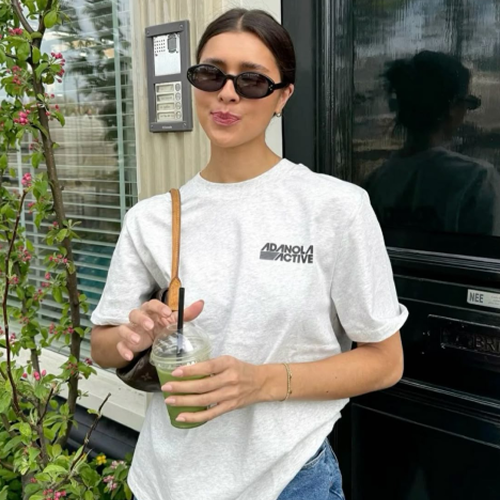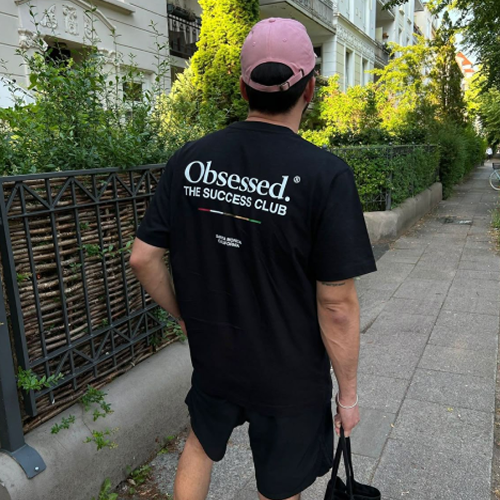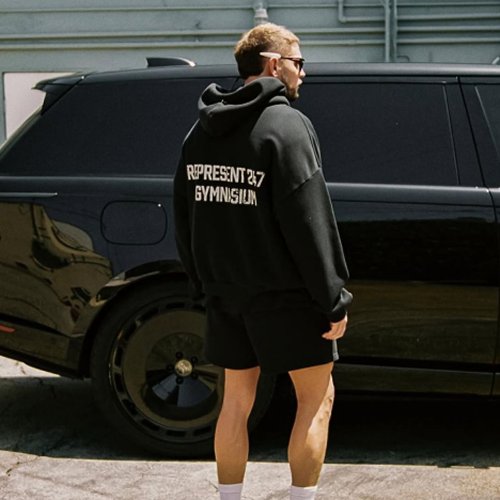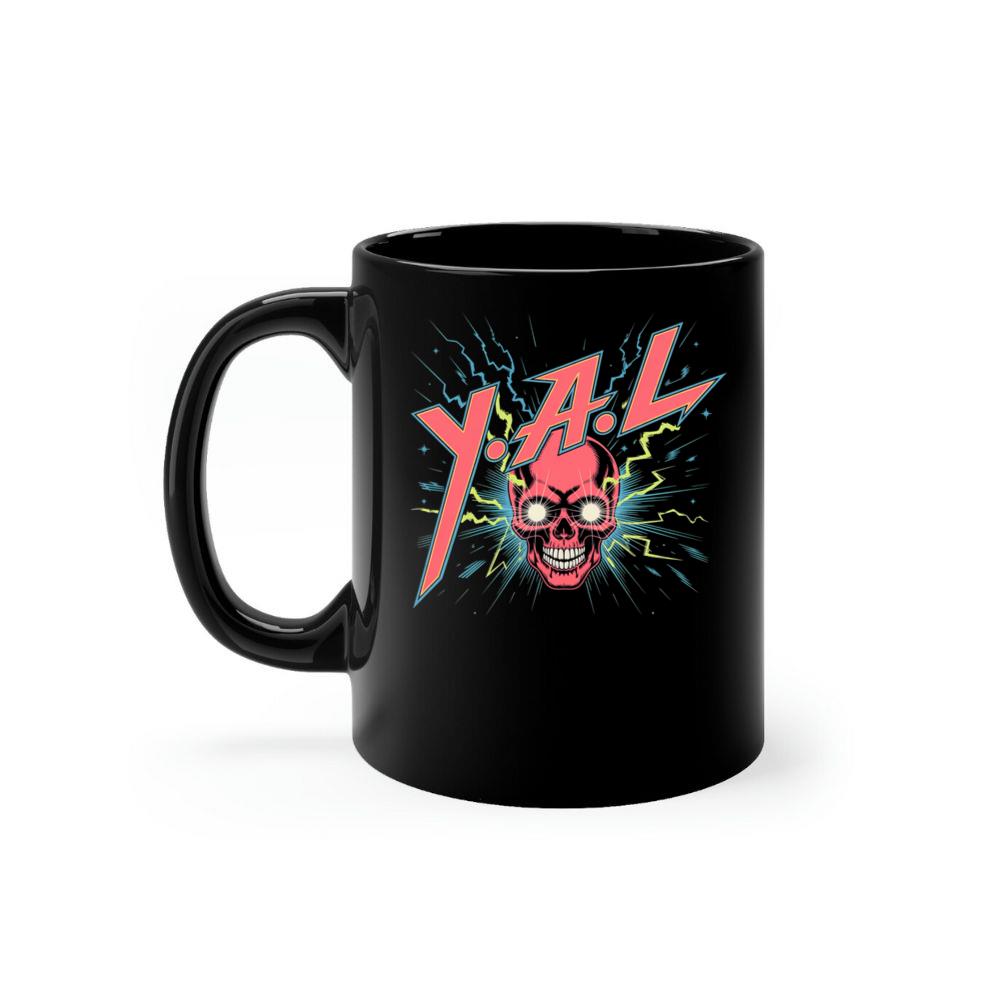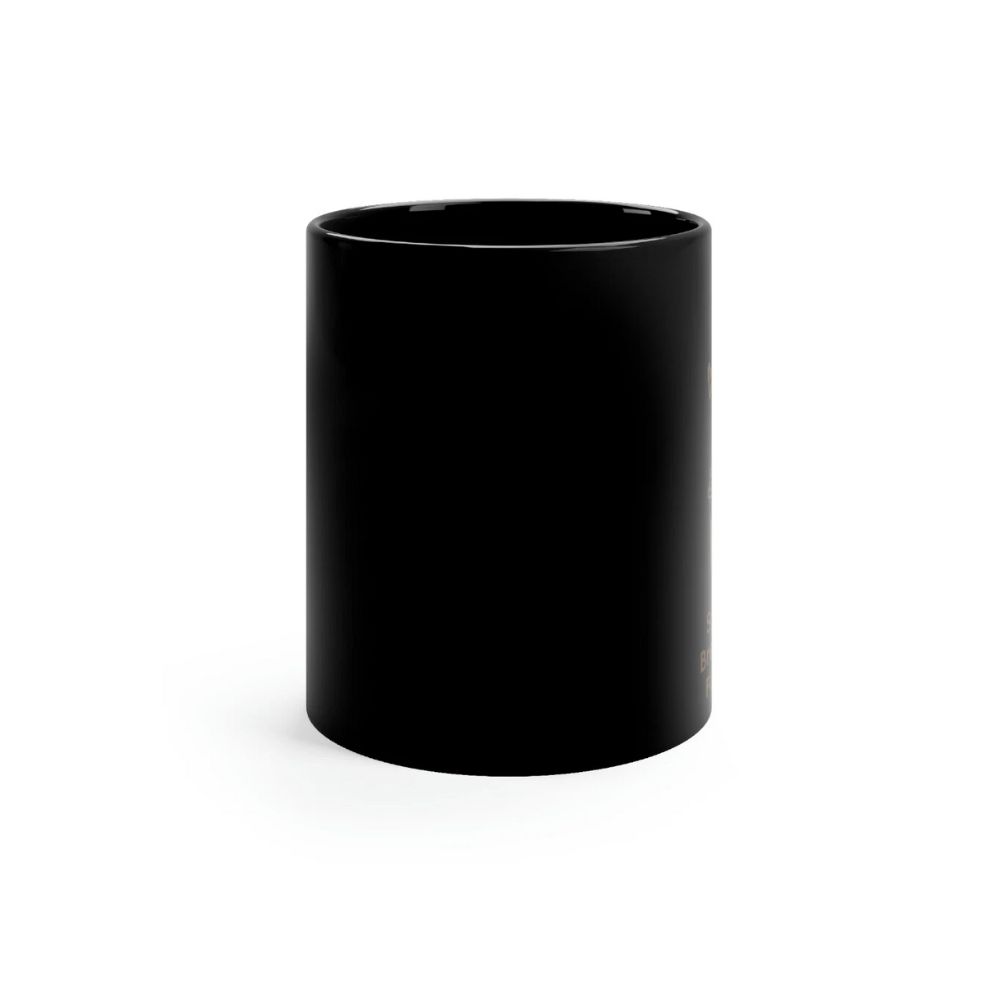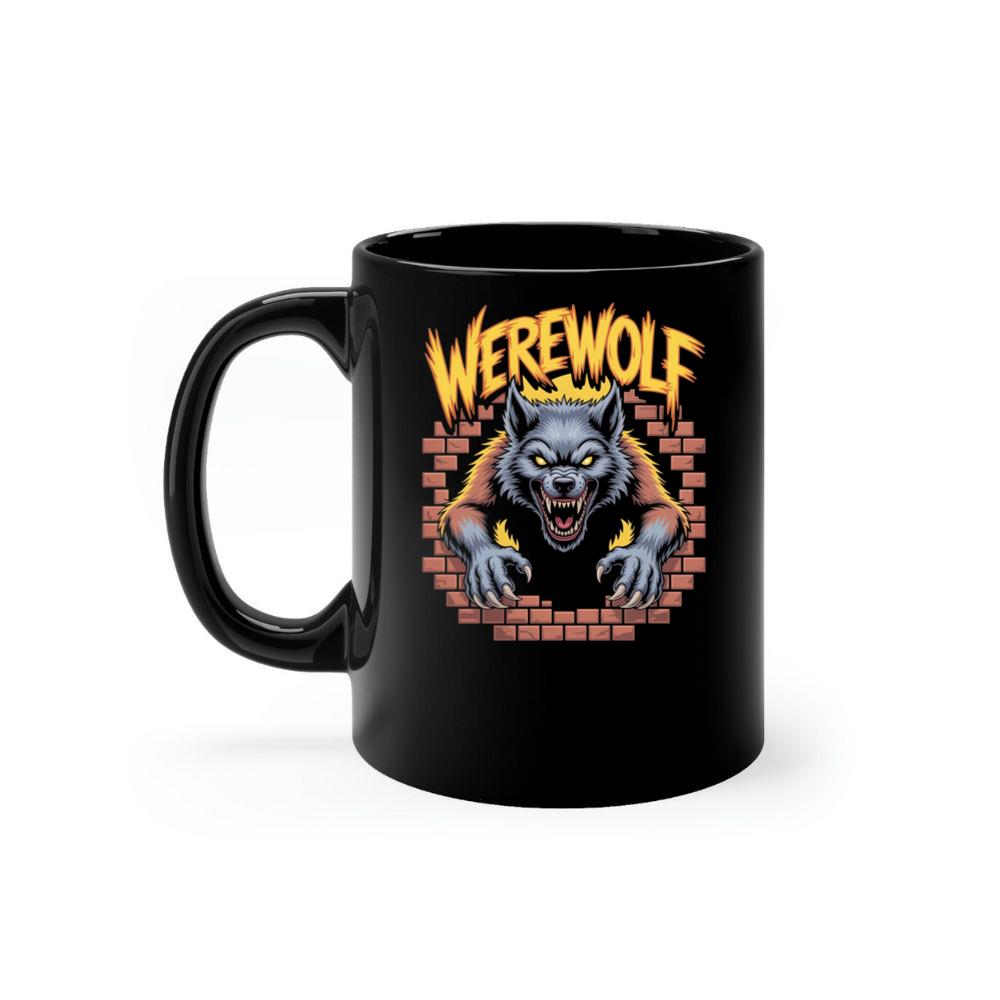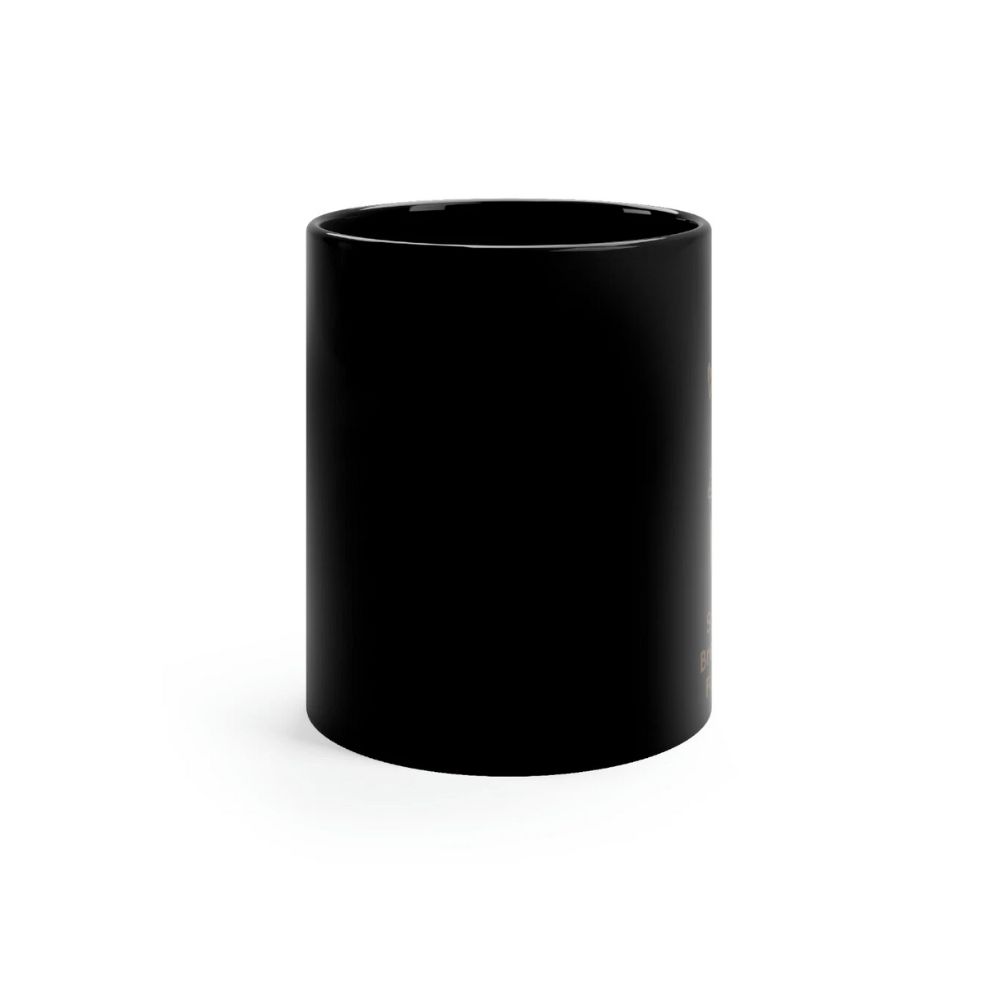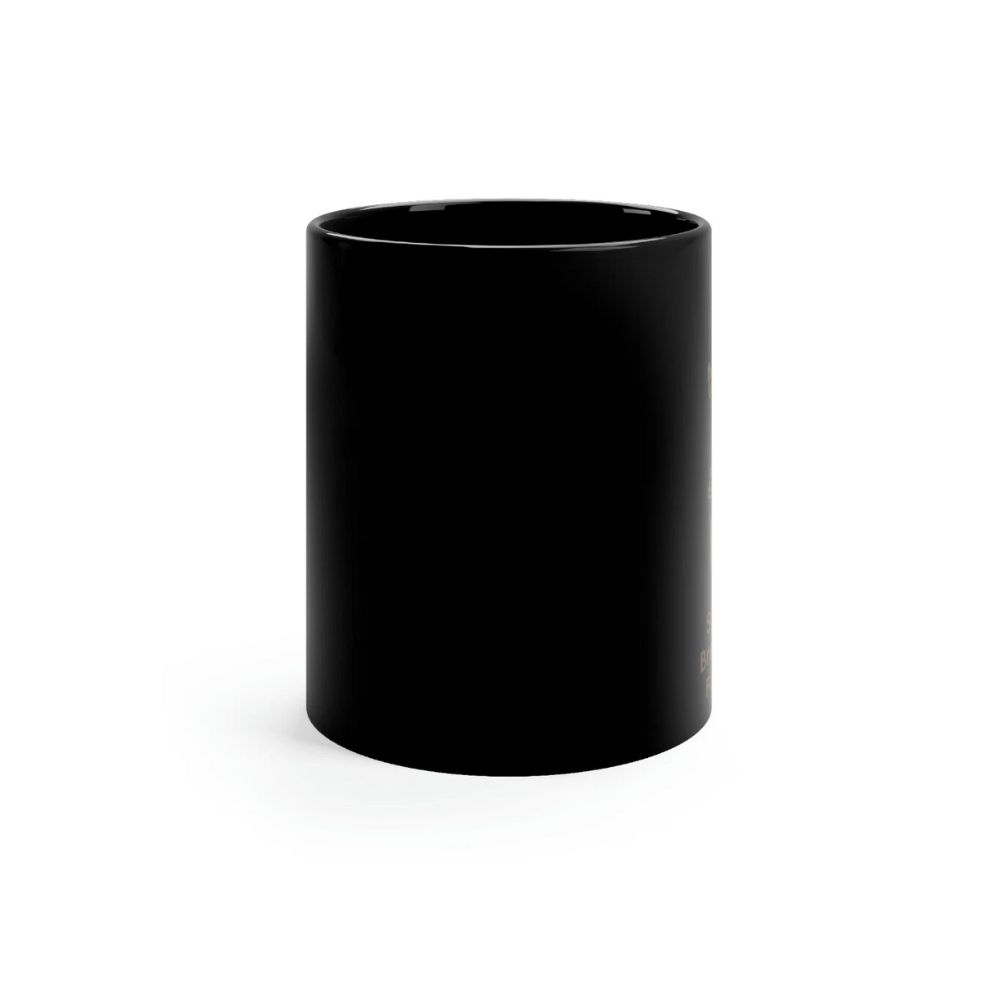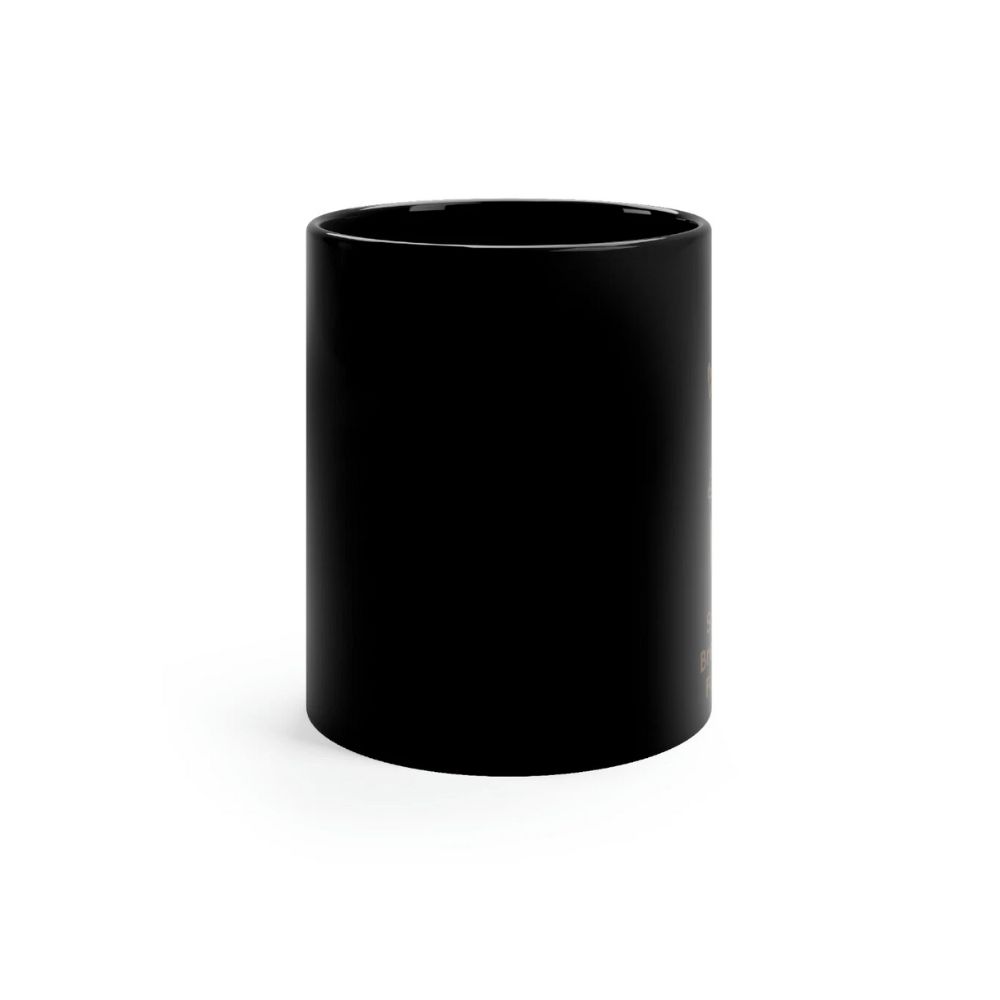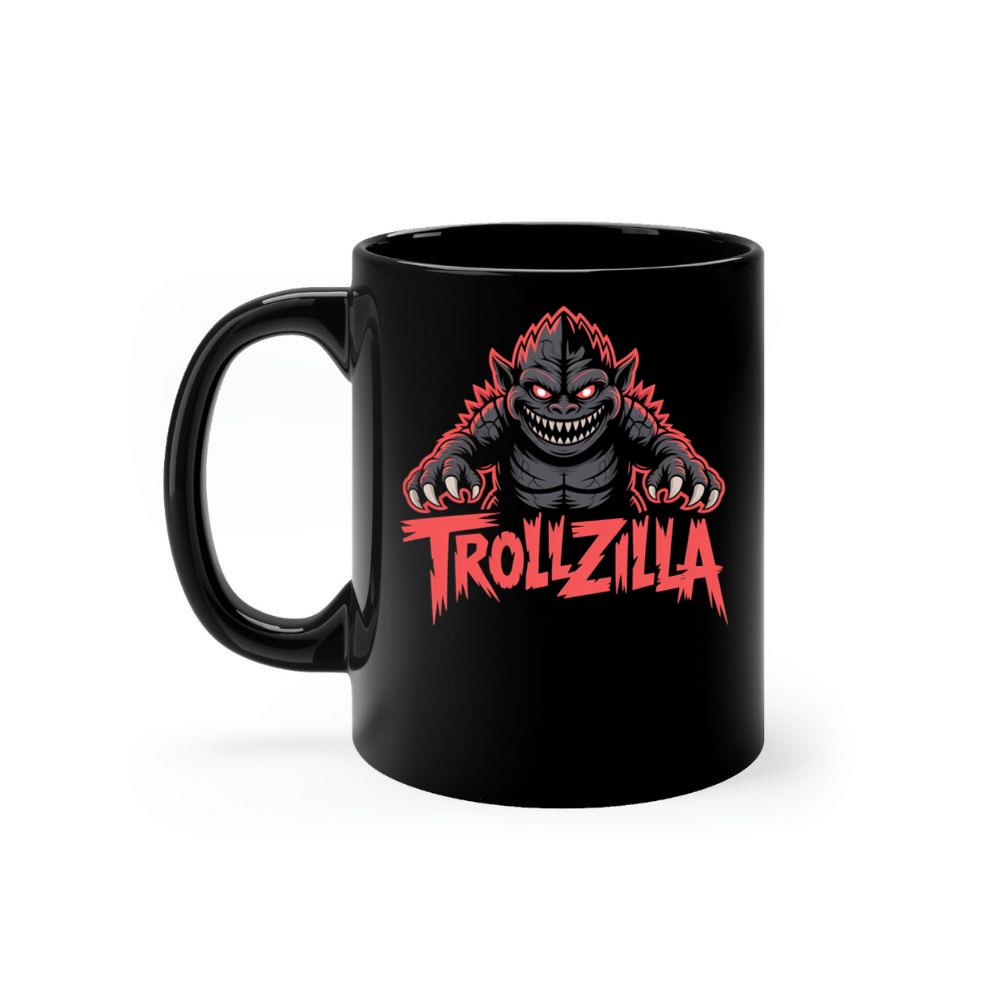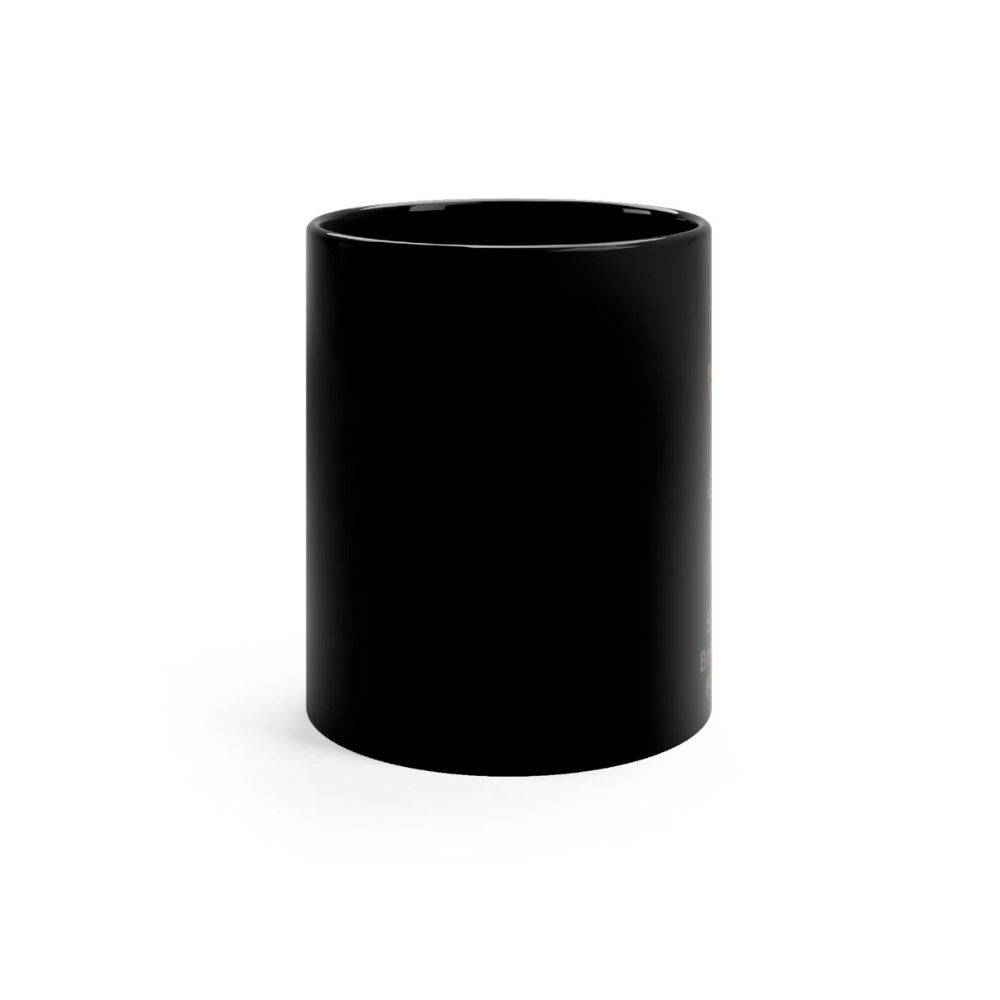In a world where trends shift faster than a TikTok scroll, some garments defy the cycle of time. Among them, two reign supreme — the T-shirt and the hoodie. Simple, effortless, endlessly wearable. But behind that effortless comfort lies an intricate balance of science, design, and emotion. The perfect tee or hoodie isn’t just stitched together with cotton and thread — it’s engineered, sculpted, and felt.
This is the story of how the world’s most ordinary pieces of clothing became extraordinary through the triad of fabric, fit, and function.
I. The Fabric Revolution – More Than Just Cotton
Ask anyone to picture a T-shirt or hoodie, and their first thought will probably be cotton. But in 2025, “cotton” no longer means what it used to. The evolution of textiles has transformed these basics into high-performance, sustainable, and luxurious staples.
- The Rise of Smart Cotton
Modern cotton isn’t just about softness anymore. Scientists have worked with textile engineers to create long-staple cotton blends that resist pilling, maintain color vibrancy, and feel smoother on the skin. These advanced fibers mimic the feel of silk but retain the breathability of traditional cotton.
Brands like PANGAIA, Everlane, and UNIQLO are pioneering smart cotton innovations — using bioengineered fibers mixed with recycled materials. Their tees are designed not only to feel premium but to actively regulate temperature and reduce sweat absorption.
The result? A T-shirt that doesn’t just fit your body — it adapts to it.
- Beyond Cotton: The New Textile Hybrids
Poly-cotton blends were once the go-to for affordability. But now, we’re seeing performance materials like Tencel, Modal, and Bamboo Viscose take over. These sustainable fibers provide an ultra-soft hand feel, drape beautifully, and reduce water consumption during production.
Meanwhile, hoodies have become a playground for material innovation. The once-heavy fleece hoodie has evolved into a lightweight, tech-infused essential. Recycled polyester, organic French terry, and moisture-wicking blends dominate modern collections — offering both structure and stretch.
Today’s hoodies don’t just keep you warm. They’re engineered for comfort in transit, adaptability in temperature, and even odor control for daily wear.
- The Rise of Responsible Fabrication
The conversation isn’t complete without sustainability. Fashion’s shift toward ethical production has pushed both small labels and global powerhouses to rethink how fabrics are made.
We’re seeing a growing preference for:
Organic cotton – free from pesticides, promoting soil health.
Recycled fibers – giving a second life to plastic bottles and textile scraps.
Waterless dye technologies – eliminating harmful runoff.
For conscious consumers, a tee or hoodie isn’t just a style choice — it’s a moral one. The material you wear reflects the world you want to live in.
II. Fit – The Geometry of Confidence
It’s impossible to discuss the perfect T-shirt or hoodie without talking about fit. The way fabric drapes, hugs, or flows against the body determines not just how you look, but how you feel.
- The Art of the Silhouette
The ideal T-shirt lies somewhere between precision and nonchalance. It’s about balance — not too tight, not too loose, but intentionally designed for shape and movement.
A boxy cut gives modern minimalism; a slim fit brings a tailored sharpness; an oversized silhouette delivers relaxed, street-ready energy.
Meanwhile, hoodies follow a similar evolution. From the baggy skate culture fits of the 2000s to the cropped or structured modern versions, every silhouette tells a story. Oversized hoodies represent rebellion and comfort — a wearable cocoon. Fitted hoodies speak of athleticism and discipline.
Every centimeter of drape, sleeve length, or ribbing placement matters. Behind the casual aesthetic is a deeply intentional process of pattern engineering.
- The Invisible Architecture of Fit
A perfect fit feels natural — but it’s the product of meticulous calculation. Designers use 3D body mapping, digital draping, and AI-assisted pattern-making to perfect proportions across diverse body types.
For example:
The shoulder seam defines power and posture.
The chest width controls airflow and structure.
The hemline affects whether a tee tucks neatly or flows freely.
These small adjustments create garments that flatter, empower, and move seamlessly with the wearer’s lifestyle.
- Personalization and Genderless Design
The future of fit is fluid. Brands are abandoning rigid gender labels and embracing unisex tailoring. Hoodies and tees are now designed around body shape rather than binary sizing.
This movement democratizes comfort and style. Whether cropped, boxy, or relaxed, the modern T-shirt celebrates individuality rather than conformity. The same hoodie can express softness, power, or identity — depending on how it’s styled and who wears it.
III. Function – The Purpose of Everyday Design
A perfect hoodie or tee doesn’t stop at looking good — it must perform. In today’s fashion landscape, utility and lifestyle adaptability have become the new luxury.
- Movement Meets Mindfulness
Consumers today demand more from their basics. A shirt must be breathable for commuting, flexible for a workout, soft enough for lounging, and sleek enough for a meeting.
That’s where functional materials and smart design intersect. Tees are being constructed with flatlock seams to prevent irritation, stretch knits for mobility, and quick-dry technology for versatility.
Hoodies, meanwhile, have evolved from gym wear to social armor. Adjustable drawstrings, ergonomic hoods, and hidden pockets now meet the needs of the modern multitasker.
In 2025, the function is no longer a technical feature — it’s emotional. The right hoodie makes you feel grounded; the right tee makes you feel ready.
- Minimalism as Function
The modern consumer gravitates toward minimalism — not because of simplicity, but because of clarity. A single well-made tee replaces a dozen disposable ones. A premium hoodie becomes a uniform piece — reliable, timeless, and adaptable.
Designers understand this shift. The elimination of logos, the focus on form and texture — these aren’t accidents. They are functional choices rooted in the idea that luxury now means longevity.
- Emotional Function: The Comfort Code
Finally, the emotional side of function — comfort.
The act of putting on a hoodie or tee goes beyond practicality. It’s a daily ritual that signals safety, identity, and belonging.
A T-shirt might carry a memory: a concert, a relationship, a summer trip. A hoodie might feel like a shield on anxious mornings.
The perfect piece, then, isn’t just functional in the physical sense — it’s emotionally calibrated. It gives the wearer peace, familiarity, and confidence in motion.
IV. Craftsmanship – The Hidden Details
Behind every great hoodie or T-shirt lies craftsmanship — the invisible hand that separates good from extraordinary.
- The Beauty of Stitchwork
Stitch density, thread type, and finishing techniques can make or break a garment. Premium tees often feature double-stitched hems or reinforced necklines to prevent warping. Hoodies may include cover seams for durability and lined hoods for structural balance.
These details go unnoticed to the untrained eye — but they define how the garment ages. A well-crafted hoodie doesn’t sag; it evolves. A tee doesn’t fade; it gains character.
- Local Craft, Global Vision
Independent brands are bringing back artisanal values. From Japanese loopwheel knits to Italian cotton mills, the focus is on preserving tradition while embracing modernity.
Some brands now highlight the maker’s signature inside the label — a subtle reminder that fashion, even in its simplest form, is still human.
V. The Psychology of the Perfect Fit
Why are we so obsessed with the perfect hoodie or tee? Because they offer something rare in fashion — authenticity.
They blur the line between public and private self. A hoodie can be worn to the gym, the airport, or an afterparty. A T-shirt can go under a blazer or be worn oversized with sweatpants.
The science of perfection here is human-centered:
It’s about how we move.
It’s about how we want to be seen.
It’s about how we comfort ourselves.
The modern tee and hoodie are not fashion trends — they are emotional technologies.
VI. Future Directions – Tech, Tailoring, and Transformation
Looking forward, fashion’s relationship with these basics continues to evolve.
Smart textiles will monitor body temperature and adapt insulation automatically.
Digital fitting rooms will tailor the perfect size using 3D scanning.
Circular design will ensure every fiber can be reused or recycled.
The future hoodie might sync with your environment; the future tee might track your posture or heart rate. But even as technology reshapes the design, the essence will remain — comfort, expression, and connection.
Conclusion: The Perfect Imperfection
Perfection in fashion isn’t about flawlessness — it’s about feeling right. The ideal T-shirt or hoodie doesn’t scream for attention; it simply fits — your body, your life, your rhythm.
From fabric innovation to fit geometry to emotional function, these garments embody everything modern fashion aspires to be: thoughtful, versatile, and deeply human.
They’re not just clothes — they’re companions.
And maybe that’s why, after all the trends fade, the T-shirt and hoodie will still be here — effortlessly redefining what it means to be perfect.

